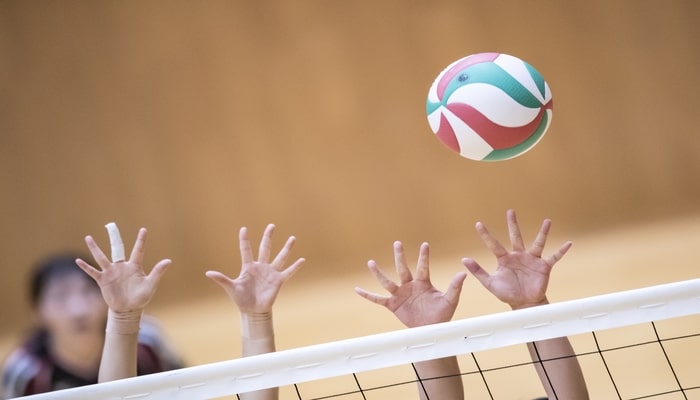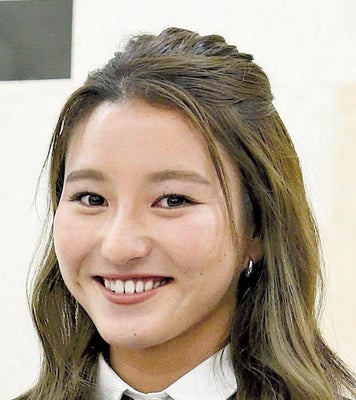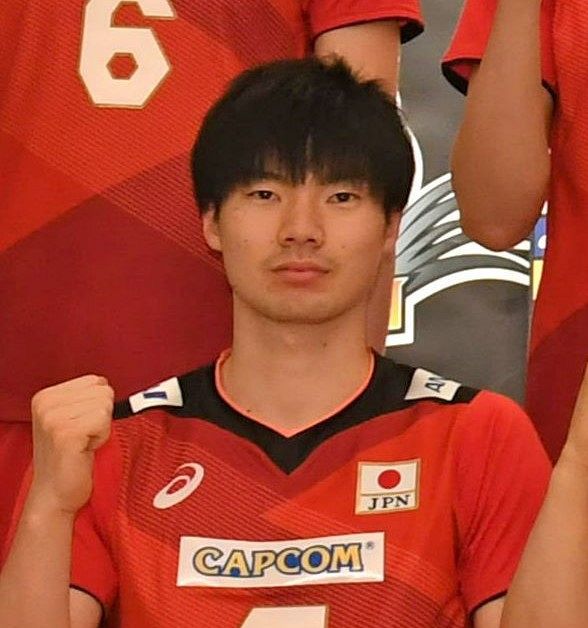
When practicing Kendo, you need to be careful about heat stroke, especially in the summer.
Because Kendo is an intense exercise, it is difficult to regulate body temperature, including equipment, increasing the risk of heatstroke.
In this article, we will explain how to prevent heatstroke during Kendo from a scientific perspective and suggest ways to enjoy Kendo safely.
We will also delve into specific preventive measures and emergency response methods so that readers can practice and compete in Kendo with peace of mind.
目次
Introduction: Kendo and the risk of heatstroke
Kendo is a sport that involves intense movement and the use of protective gear, which can easily raise your body temperature.
Especially in hot and humid environments in the summer, the risk of heat stroke increases significantly.
In order to enjoy Kendo safely, it is important to understand the risks of heatstroke and take appropriate measures.
Why Kendo is held in a hot and humid environment
Kendo matches and practices are often held in indoor facilities such as gymnasiums, but these facilities often lack sufficient ventilation and tend to become stuffy.
In addition, the Kendo movements themselves cause body temperature to rise rapidly, so you need to be especially careful about heatstroke when practicing indoors.
In the summer, you should take measures such as opening windows to let in the natural breeze.
Basic knowledge of heatstroke and its risks
Heat stroke refers to a condition in which the body’s body temperature becomes abnormally high because the body’s body temperature regulation function cannot keep up.
The main symptoms include headache, dizziness, nausea, and high body temperature.
When practicing Kendo, wearing protective gear is a major factor in increasing body temperature.
To prevent heatstroke, it is important to stay hydrated and take adequate breaks.
Also, if you feel that you are not feeling well, the best thing to do is to stop practicing without overdoing it.

Causes of heatstroke in Kendo
The main causes of heatstroke in Kendo are the high intensity of exercise and the accumulation of heat due to protective equipment.
Kendo movements require instantaneous strength, and the intense physical activity causes the body’s body temperature to rise rapidly.
Furthermore, the protective gear worn to protect the body from the head, such as the mask (men), torso (do), kote (kote), and tare (tare), inhibits the release of body heat and traps heat inside. Confinement increases the risk of heatstroke.
Characteristics of armor and difficulty in regulating body temperature
Kendo armor is designed to be thick and airtight to protect against blows from Shinai.
In particular, since the mask completely covers the head, heat tends to get trapped inside and ventilation is inadequate.
This makes it extremely difficult to regulate body temperature, making it easy to overheat and become dehydrated, a prelude to heatstroke.
When practicing Kendo, it is recommended that you regularly remove your protective gear to regulate your body temperature.
Effects of practice time and intensity on heatstroke
Kendo practice time and intensity have a direct impact on the risk of heatstroke.
Continuous practice over long periods of time or high-intensity training can cause your body temperature to rise, increasing the risk of heat stroke.
When planning your practice, it’s important to allow for adequate rest periods and stay well hydrated.
Especially on hot days, you should adjust your training to avoid excessive physical exhaustion.

Kendo-specific heatstroke prevention measures
The first step in preventing heatstroke in Kendo is the proper use and adjustment of protective equipment.
It is effective to take frequent breaks by partially removing your armor during practice, or to choose armor with good ventilation.
In addition, by carefully performing warm-up exercises before practice, your body will gradually adapt to the exercise conditions, reducing the risk of heat stroke.
Proper hydration method
Hydration is extremely important in Kendo. It is recommended that you drink water regularly before and after practices and games, as well as during practice whenever possible.
Drinking water or sports drinks in small amounts at frequent intervals will help maintain your body’s water balance and prevent dehydration.
Beverages containing salt are also effective in preventing heat stroke, so it is important to consume them in an appropriate balance.
effective cool down techniques
Cooling down after practice is also important in preventing heat stroke.
After Kendo practice, it is recommended that you gradually lower your body temperature by walking quietly, stretching, etc.
You can also effectively lower your body temperature by applying a cold towel or ice pack to areas that contain major blood vessels, such as the back of your neck or armpits.
Adjusting the practice environment
Adjusting the Kendo practice environment is very effective in preventing heatstroke.
Especially on hot and humid days, players should take measures such as moving practice time to cooler early mornings or evenings, improving ventilation in gymnasiums, and using air conditioners and fans.
When practicing outdoors, it is important to avoid direct sunlight by using the shade.

Emergency response and first aid during Kendo practice
If you suspect heatstroke while practicing Kendo, you must take prompt action.
First, you need to move the person to a safe location, quickly remove their protective gear, and allow them to cool down.
Use an ice bag or cold towel to cool the areas where the aorta passes, such as the neck, armpits, and groins.
If the person is conscious, give them fluids and salts and keep them as calm as possible. If you are unconscious or your symptoms do not improve, it is important to contact a medical institution immediately and receive specialized treatment.
Early symptoms of heatstroke and how to deal with them
Early symptoms of heatstroke include headache, dizziness, nausea, unusual or no sweating, and unusually dry or red skin.
If you notice any of these symptoms, you should immediately stop practicing Kendo and move to a cool place.
Stabilizes the body by cooling the body and replenishing fluids and electrolytes.
Early appropriate treatment can prevent symptoms from worsening.
Safety measures and supervisor’s role during practice
Instructors and supervisors play an important role in ensuring safety during Kendo practice.
From the planning stage of practice, it is necessary to manage the physical condition of the players, ensure adequate time for rest and hydration, and prepare the practice environment.
In addition, it is essential for supervisors to always pay attention to changes in the physical condition of their players and respond promptly if any abnormalities are observed.
It is important to provide regular education on how to prevent heat stroke and to instruct athletes so that they can take thorough self-care.

Recovery from heatstroke and measures to prevent recurrence
Proper rest and physical condition management are necessary to recover from heatstroke.
The time it takes to fully recover varies from person to person, and attempting to return to Kendo too quickly increases the risk of recurrence.
During the recovery period, it is important to maintain adequate fluid and electrolyte intake and to track your physical condition daily.
It is also recommended to gradually return to daily activities according to your doctor’s diagnosis and advice.
In order to prevent recurrence, it is effective to identify the cause of heatstroke and develop a concrete plan to avoid a similar situation.
Recovery process and return to Kendo
Gradual resumption of physical activity is key to the recovery process from heatstroke.
It is safe to start with light walking in the beginning and gradually increase the amount of activity while watching your body’s reaction.
When returning to kendo practice, first practice kata without protective gear and gradually transition to regular practice as your physical condition allows.
You should refrain from practicing at full strength until you receive permission from your doctor, and you should check your physical condition regularly during practice.
Long-term health management and heat stroke prevention
In all sports, including Kendo, preventing heat stroke is part of long-term health management.
Adequate hydration, balanced nutrition, and sufficient rest are the basics.
Particularly during practices and games, flexible responses are required, such as considering the weather and environment and taking breaks as appropriate.
Also, by seeing a doctor regularly, you can detect and deal with health problems before they occur.
It is recommended that kendo schools and clubs establish protocols to prevent heatstroke and have a system in place for instructors and players to comply with them.
This allows everyone to enjoy Kendo in a safe practice environment and minimizes health risks.
Furthermore, it is important for athletes to have a good understanding of their physical condition and to be able to respond immediately if they feel that something is wrong.
In order to detect and respond to heat stroke early, it is necessary to not ignore signs of poor health and to have the courage to stop activities if necessary.
This combination of self-management and support from those around you will allow you to continue practicing Kendo safely.
Overall, it can be said that recovery from heatstroke and measures to prevent its recurrence are not only about individual physical condition management, but also about improving the surrounding environment and raising community awareness.
All people who practice Kendo should strive to understand the risks of heatstroke and take appropriate measures so that they can continue to hone their skills while protecting their health.

Summary and practical examples at Kendo dojos
In order to prevent heat stroke in Kendo, it is extremely important not only to manage the health of each individual, but also to improve the environment of the entire dojo.
Many dojos are implementing specific measures, such as improving ventilation, ensuring break times, and developing emergency response plans.
Additionally, if athletes and coaches work together to make sure they are hydrated and take appropriate breaks during practice, the risk of heat stroke can be greatly reduced.
Success stories and measures that were good to implement
A kendo dojo has introduced a heatstroke prevention education program to raise awareness among athletes and instructors.
This program enabled participants to recognize the early symptoms of heatstroke and take appropriate action.
Additionally, we have established a culture of regularly providing cool-down time during practice to encourage hydration.
These measures have significantly reduced the number of accidents caused by heatstroke compared to the previous year, and have also contributed to improving the quality of practice.
The importance of comprehensive risk management
Risk management is essential not only in Kendo but in any sport.
Comprehensive risk management makes it possible to eliminate foreseeable risks in advance and respond quickly and appropriately in the unlikely event of a situation.
At Kendo dojos, the safety of athletes is our top priority, and continuous evaluation and review of measures are key to maintaining a safe and healthy practice environment.





